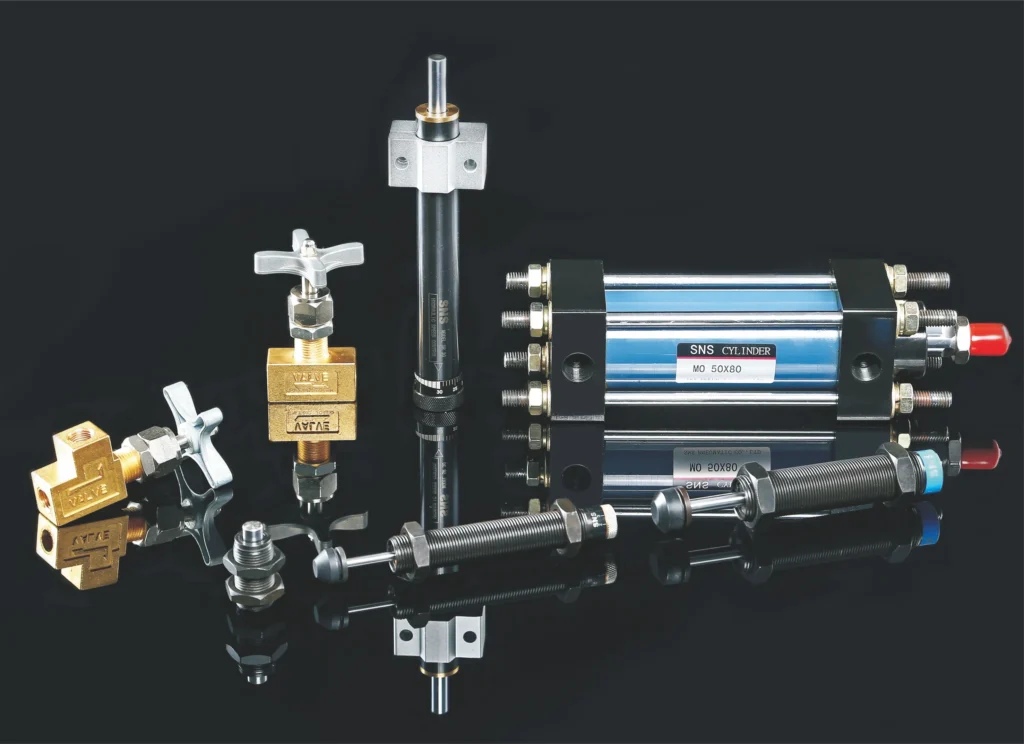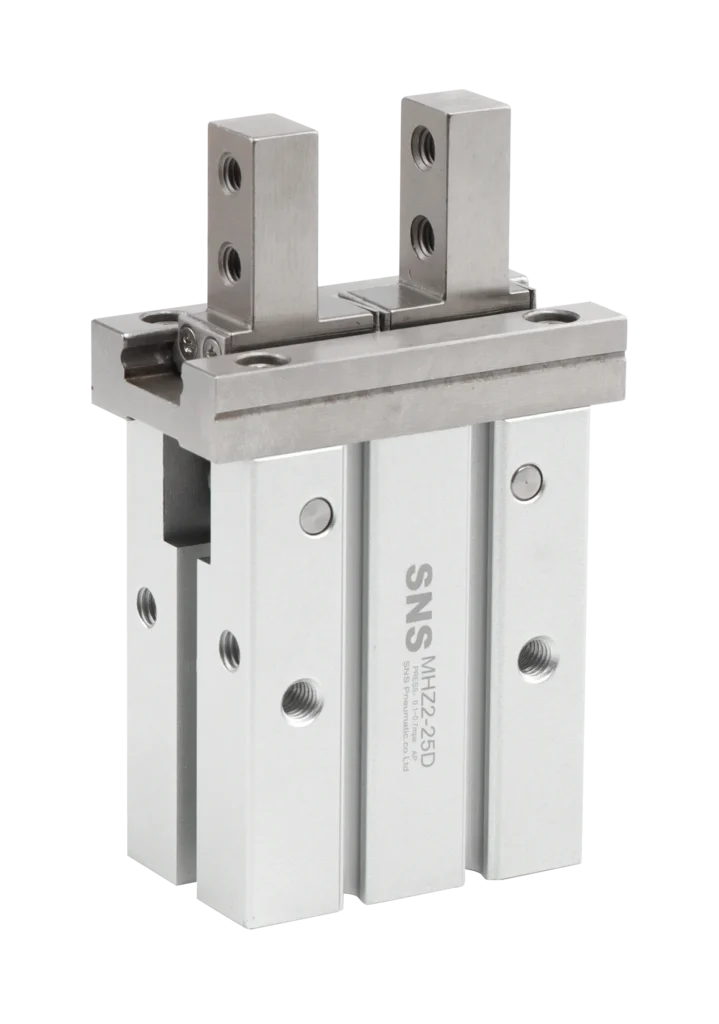Understanding Hydraulic Cylinders: The Power Behind Your Machinery
Hydraulic cylinders are an integral part of modern machinery and industrial equipment. They use the principles of hydraulics to convert fluid pressure into linear mechanical force, providing powerful and precise power for a variety of applications.
From excavators on construction sites to precision control systems in the aerospace industry, hydraulic cylinders are everywhere, driving many of the mechanical devices in our daily lives.
The Basics of Hydraulic Cylinders
Basic Principles
The working principle of hydraulic cylinders is based on Pascal’s law, which states that fluid pressure in a closed container is transmitted evenly in all directions. In hydraulic cylinders, this principle is used to convert fluid pressure into mechanical force.
Main Parts of a Hydraulic Cylinder
A typical hydraulic cylinder consists of the following main components:
- Barrel: The housing that holds the hydraulic fluid
- Piston: The sealing component that moves within the barrel
- Rod: The rod that connects the piston to the external load
- Seals: Key components that prevent hydraulic fluid from leaking out
- End caps: The components that close off both ends of the barrel
- Hydraulic ports: The openings through which hydraulic fluid enters and exits
Each component plays an important role in the overall function of the hydraulic cylinder, ensuring that it can effectively convert hydraulic energy into mechanical energy.

Types of Hydraulic Cylinders
Single-Acting vs. Double-Acting Cylinders
Single-Acting Cylinders can only apply force in one direction, usually relying on gravity or a spring to return. Double-Acting Cylinders can apply force in both directions, providing greater control flexibility.
Tie-Rod vs. Welded Cylinders
Tie-Rod cylinders use external tie rods to secure the end caps, making them easier to maintain. Welded hydraulic cylinders have their end caps welded directly to the barrel, making them more compact and suitable for applications where space is limited.
Telescopic hydraulic cylinders
Telescopic hydraulic cylinders consist of multiple nested barrels, allowing for longer strokes while keeping the retracted length small. They are often used in applications where long strokes are required but space is limited, such as truck dump systems.
Special hydraulic cylinders
Includes position sensing hydraulic cylinders and regenerative hydraulic cylinders. Position sensing hydraulic cylinders can accurately monitor piston position and are suitable for applications that require high-precision control. Regenerative hydraulic cylinders can increase speed and efficiency in certain operating stages.
Cross-industry applications
Hydraulic cylinders play a key role in multiple industries:
- Construction and earthmoving equipment: such as excavators, bulldozers and cranes
- Manufacturing and industrial machinery: such as presses, injection molding machines and metal forming equipment
- Aerospace: used in aircraft landing gear, doors and flight control systems
- Automotive systems: such as power steering, braking systems and suspension systems
- Agricultural equipment: such as tractors, harvesters and irrigation systems
- Marine and offshore applications: such as ship steering systems and offshore drilling platforms
Advantages of hydraulic cylinders
- High output force and power density: Hydraulic cylinders are able to generate huge forces while maintaining a relatively compact size
- Precise control and smooth operation: By controlling the flow of hydraulic oil, precise position and speed control can be achieved
- Variety of sizes and configurations: Can be customized to meet specific application needs
- Durability and reliability: Simple design with few moving parts and long service life
- Energy efficiency compared to other systems: Ability to store and release energy efficiently

Choosing the right hydraulic cylinder
Considerations
- Load requirements: Static and dynamic loads
- Speed requirements: Retraction speed and accuracy
- Environmental conditions: Temperature, humidity, corrosiveness, etc.
Importance of correct size and installation
Choosing the right size hydraulic cylinder is essential for system efficiency and life. Proper installation can prevent unnecessary stress and wear.
Safety considerations
- Proper operation and handling: Follow safe operating procedures
- Pressure relief and emergency systems: Ensure the system has overpressure protection
- Training and certification requirements: Operators should receive appropriate training
Conclusion
As a core component of modern machinery, hydraulic cylinders play an irreplaceable role in all walks of life. With the continuous advancement of technology, we can expect to see smarter, more efficient and more environmentally friendly hydraulic systems emerge, further promoting the development of machinery and industry.
By gaining a deeper understanding of how hydraulic cylinders work, their types and applications, we can not only better utilize this technology, but also pave the way for future innovations. Whether on construction sites, factory floors or high-tech laboratories, hydraulic cylinders will continue to be the powerful power behind the machinery that moves our world forward.



